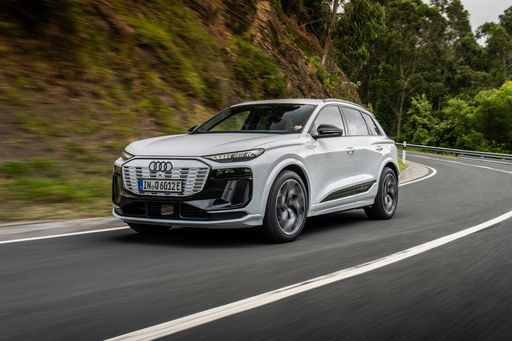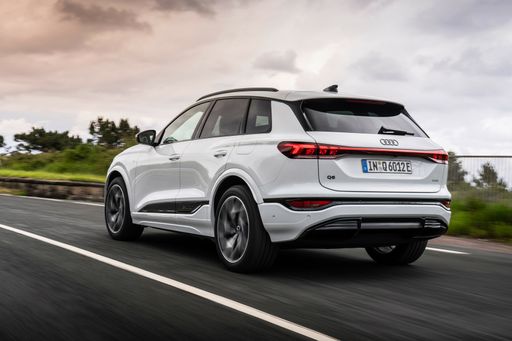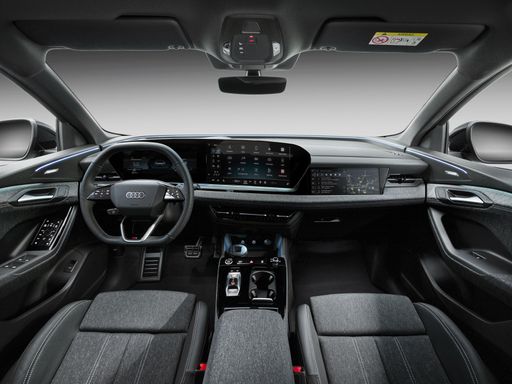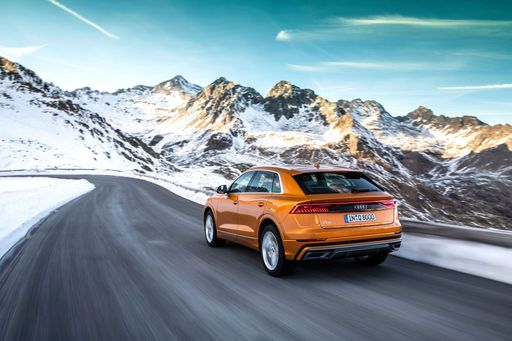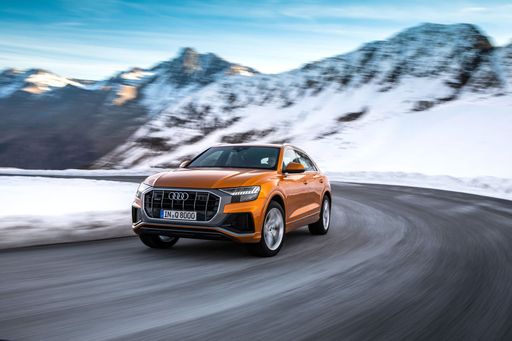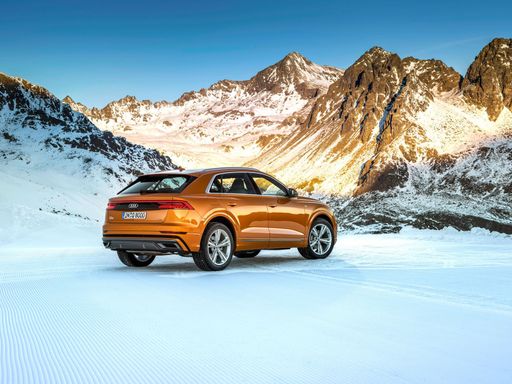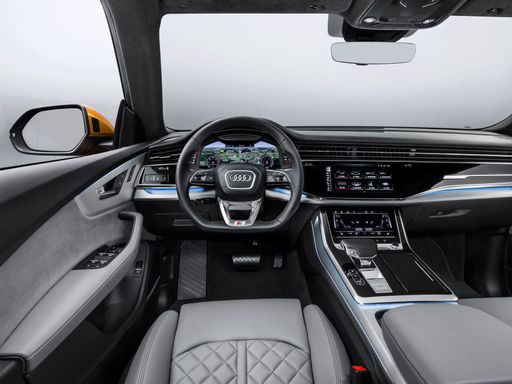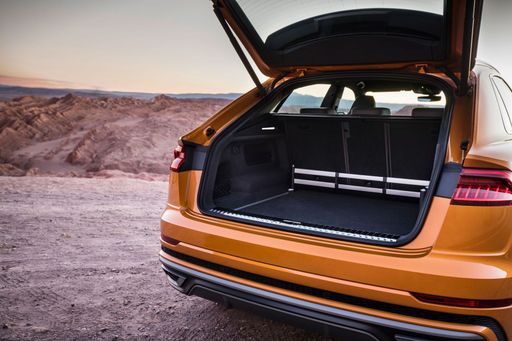Introduction: The Future of Audi's SUVs
The automotive landscape is undergoing a dramatic transformation, with electric vehicles leading the charge into a sustainable future. Audi is at the forefront of this evolution, offering two powerful contenders in the SUV segment: the Audi Q6 e-tron and the Audi Q8. This article will compare these two models in terms of performance, technology, and innovation, as well as their appeal in the luxury SUV market.

